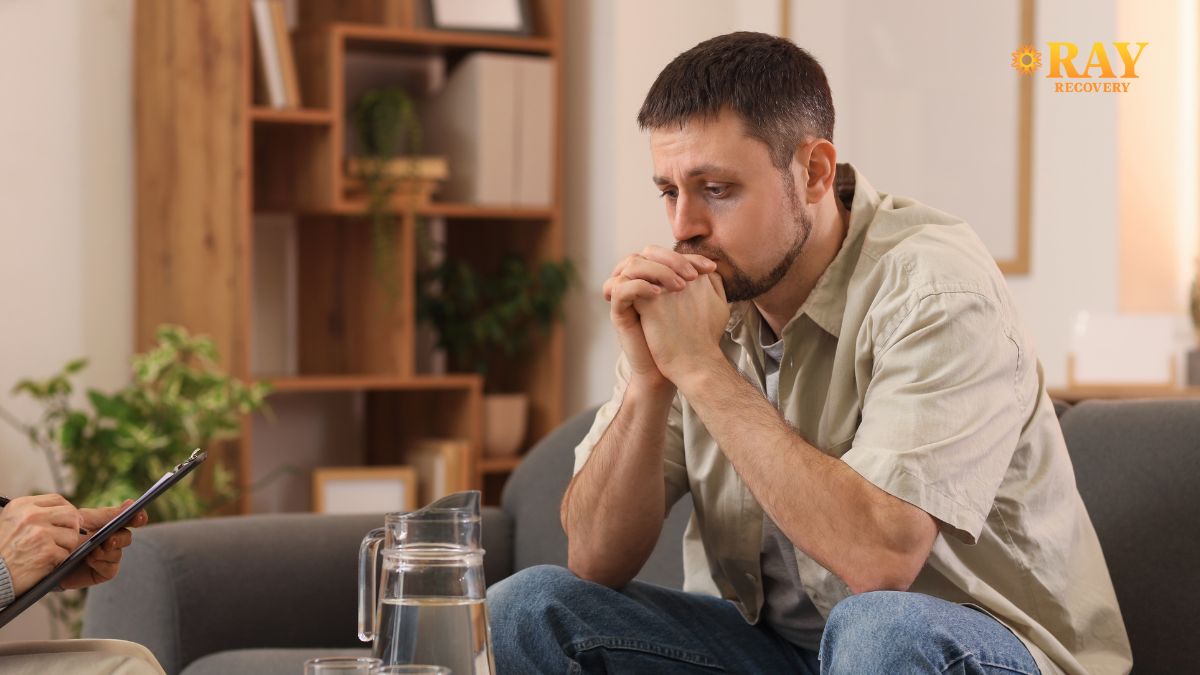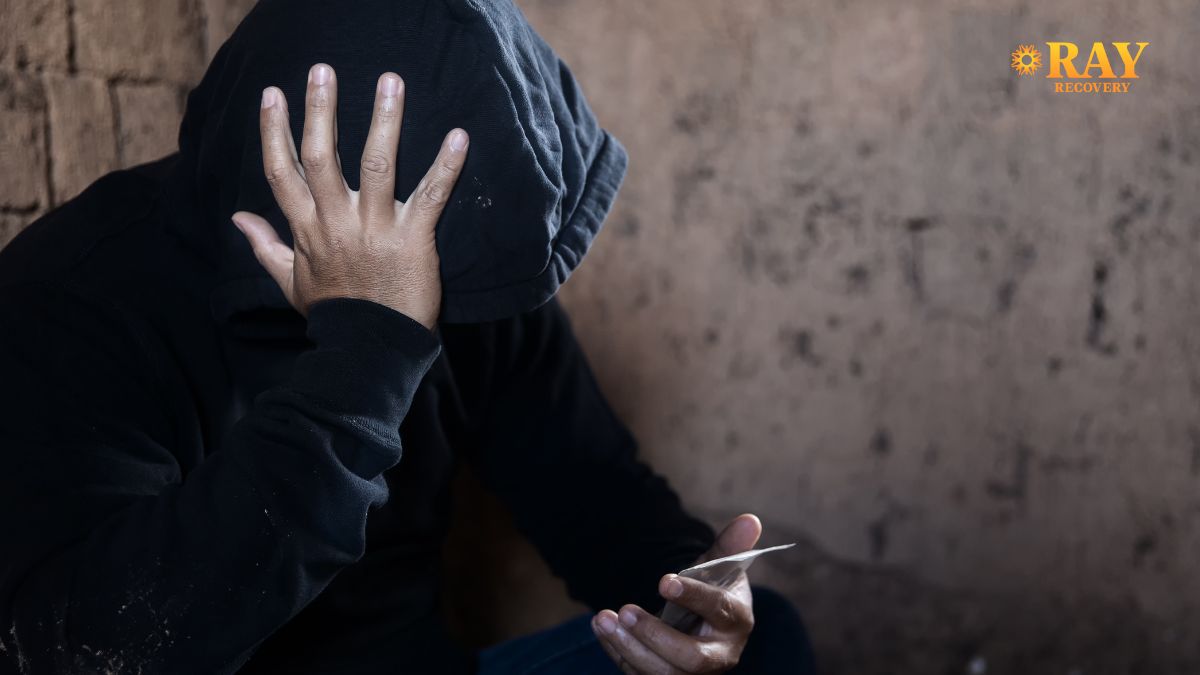Key Points:
- Ohio’s changing cannabis laws allow adult use, but recovery programs still require abstinence.
- Legalization increases relapse risks due to stronger products, easier access, and social exposure.
- Addiction plans in Ohio must clarify THC testing rules, align with employers, and set firm cannabis-free expectations.
Ohio adults can now buy, possess, and even grow cannabis because voters approved Issue 2. The problem is that rules on home grow, THC ceilings, and where stores can operate keep shifting while the state finishes regulations.
Recovery programs do not change their abstinence expectations every time lawmakers tweak cannabis language. That gap is where people in early recovery get confused.
The guide below shows how updates on marijuana laws Ohio-wide interact with cannabis addiction treatment, why employers and IOP/PHP programs can still say no, which relapse triggers show up when cannabis is easy to buy, and what to ask counselors so your plan matches testing rules.
What Changed in Ohio’s Cannabis Laws?
Ohio voters passed Issue 2 in November 2023, making adult use legal for people 21 and older, allowing up to 2.5 ounces and home grow, and creating the Division of Cannabis Control to write the rules. Lawmakers then started changing parts of it, including tax rates and THC caps, and cities can still pause retail sales. So the program is legal, but it is moving.
Regulators have also updated purchase limits as the market opened, which means products are more available than in the first rollout months. That legal availability does not erase clinical concerns:
- Cannabis is the most commonly used federally illegal drug in the U.S. In 2022, about 61.9 million people used it. That level of use makes relapse exposure higher when rules loosen.
- Ohio still lets towns restrict sales, so access differs by county or city. Someone in recovery may drive to another city to buy, which counselors need to know.
- The state is still regulating hemp and high-THC lookalike products, which means potency on the shelf can change again.
So the law says “legal,” but actual product strength, store locations, and enforcement are still moving targets.
Do Treatment Program Rules Change When Laws Do?
The short answer to the question is no. Ohio employers can keep drug-free workplace policies and act on positive marijuana tests even after legalization. State agencies updated their own policy in December 2023 and still called cannabis restricted. That tells us a program, clinic, or PHP/IOP can do the same.
Outpatient addiction treatment programs often tie attendance and take-homes to clean screens. Partial hospitalization and intensive outpatient services in Ohio, including an executive intensive outpatient program for clients with stricter work obligations, can require the following:
- Negative urine drug screens for THC
- Participation in substance use awareness groups
- Agreement that “legal in the state” is different from “allowed in treatment”
Ohio employers that partner with treatment, especially transportation, healthcare, construction, or public employment, still have reasons to test. This way, addiction treatment for professionals can align program rules with workplace testing. Several Ohio legal updates stress that nothing in the cannabis law forces employers to allow use.
So someone in recovery has to hold two truths at once:
- The state allows adult possession.
- Their recovery program, probation terms, or workplace can still discipline for THC.
 Why Legalization Creates More Relapse Triggers
Why Legalization Creates More Relapse Triggers
Legalization changes the environment even for people who were focused on alcohol or opioids. Triggers rise because of:
- Stronger products. Concentrates and high-THC items create quicker intoxication, which is harder for people with cannabis addiction or polysubstance histories. SAMHSA 2023 found that 15.4% of people 12+ used marijuana in the past month, or 43.6 million people. That is a large potential trigger pool.
- Easier access. As more Ohio dispensaries get adult-use approvals and purchase limits increase, the “I could never get it” excuse disappears.
- More social acceptance. Once family and friends treat cannabis like alcohol, it comes out at events, game nights, and after work. For someone doing relapse prevention, that is new exposure.
In treatment, this means relapse prevention plans need specific cannabis steps and can highlight the role of group therapy in addiction recovery:
- Set cannabis-free housing rules even if roommates are adults.
- Name THC products in cravings worksheets instead of just saying “substances.”
- Add marijuana to refusal-skill role plays so the person practices saying no.
Cannabis Addiction in Ohio’s New Legal Landscape
Cannabis addiction is real in a state where cannabis is legal. National data says about 3 in 10 people who use cannabis develop cannabis use disorder. That level of risk should still guide Ohio treatment plans even when retail stores open. NIDA reports this estimate of about 30%.
Here is where it shows up in care:
- Dual diagnosis: Some Ohioans use cannabis to self-manage anxiety, PTSD, or sleep, but legalization can push use higher and make symptoms worse. Mentioning dual diagnosis in assessments keeps mental health recovery on the table.
- Addiction treatment programs: Programs can clarify that cannabis is part of the drug panel, the same way they do for opioids, stimulants, and alcohol.
- Relapse prevention: When people in recovery say “it’s legal,” counselors can point back to the program agreement they signed.
Because “cannabis addiction” is now searched alongside “Is weed legal in Ohio?” blogs and counselors need to say clearly that legality did not remove the disorder.
 How Counselors Can Update Addiction Recovery Plans
How Counselors Can Update Addiction Recovery Plans
Counselors do not have to ban cannabis in silence. They can update plans in four practical steps that Ohio clients can follow.
- Explain how cannabis appears on testing. Tell clients which THC cutoff the lab uses and how long positive results can show. That removes the “I thought it was out of my system” argument.
- Clarify medical cards. Some clients will ask if a medical marijuana card changes results. In many programs, the answer is still no. Programs can say, “We respect state law but our policy is abstinence for the duration of IOP/PHP.” Write it down.
- Align with employers. If a client is returning to work at an Ohio employer that still tests, the treatment plan can mirror that rule so the person does not get two different messages.
- Offer alternatives. Suggest holistic therapy for addiction, such as mindfulness, exercise plans, or trauma-focused counseling, so clients do not feel cannabis is their only stress tool.
This is also the place to tell clients about virtual IOP Ohio options for people who live in areas where cities banned retail sales but triggers still exist online.
Program Rules vs. State Law: Spell It Out
Clients often accept rules when they see them in writing. A good Ohio recovery provider can add a short policy sheet:
- State legalization does not change this program’s abstinence expectations.
- Positive cannabis screens can delay step-down from PHP to IOP or from IOP to OP.
- Possession of cannabis on site is a discharge-level issue.
- Questions about medical marijuana must be raised before use.
For partial hospitalization levels, this clarity protects safety for the group and keeps insurance-authorized days from being wasted. For community-based OP in Ohio, it keeps group discussions focused and creates a clear handoff into an alumni addiction program after discharge.
Use Current Substance Use Awareness Data in Sessions
Clients listen more when data is current. Counselors in Ohio can point to national public health pages that show cannabis use is very common and daily use is rising. The CDC notes cannabis is the most commonly used federally illegal drug and warns about health effects. That supports firm abstinence rules.
They can add that nearly 70.5 million people used illicit drugs in the past year, so exposure is everywhere.

Frequently Asked Questions
What’s the hardest drug to quit?
Opioids, including heroin and fentanyl, are the hardest drugs to quit because of intense physical dependence and painful withdrawal. Recovery usually requires medication-assisted treatment, counseling, and supervision. Stimulants and alcohol are also difficult due to psychological cravings, but structured therapy and medical care improve long-term success.
How addictive is cannabis?
Cannabis is moderately addictive, with about 30% of users developing cannabis use disorder. High-THC products and daily use raise the risk, especially for teens who start early. Dependence causes cravings, irritability, and sleep issues when stopping, so treatment programs often monitor cannabis alongside other substances.
What does cannabis do to your personality?
Cannabis can alter personality by reducing motivation, slowing thought processes, and shifting mood with frequent use. High-THC strains may heighten anxiety, irritability, or emotional flatness, especially in people with depression or PTSD. Stopping use helps clinicians observe baseline behavior and adjust mental health treatment accurately.
Start Recovery-Focused Care in Ohio
Ohio’s changing cannabis rules can make abstinence look optional, but recovery stays stronger when the program, employer, and family are saying the same thing. Outpatient addiction treatment in Ohio, including partial hospitalization, intensive outpatient, and standard outpatient, can update relapse prevention to match what is actually sold in local dispensaries.
Ray Recovery offers structured addiction treatment programs, dual-diagnosis care, and medication-assisted treatment that help people manage cannabis and other substances in a state where access is growing. Reach out to start care that keeps your plan aligned with the law but anchored in recovery.


